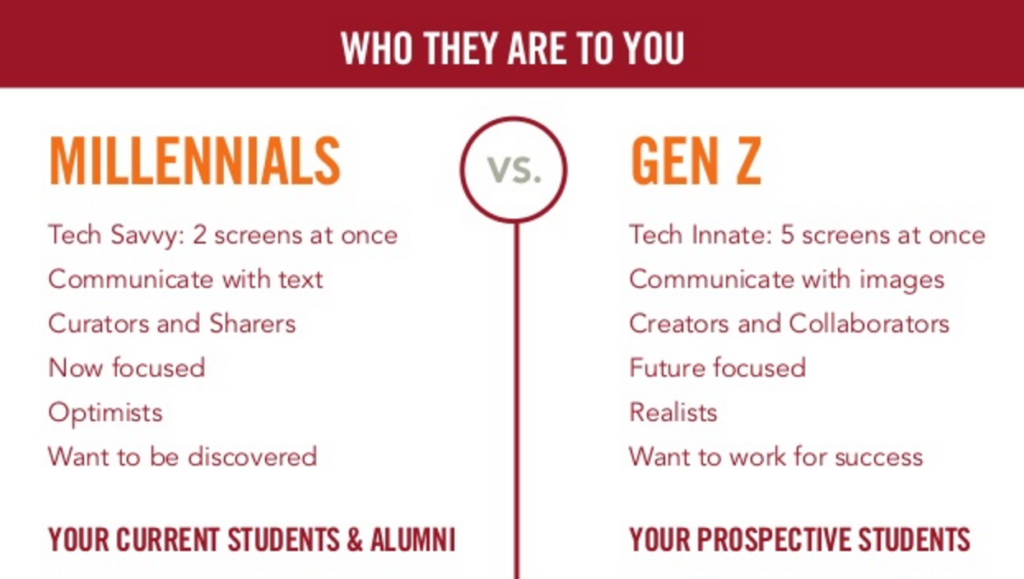Searching for answers, information and products has changed from the static desktop Google search of the past, to on-the-go searching with smartphones, tablets, and voice search devices such as the Amazon Echo. The biggest change? People are searching whenever and wherever they are – asking questions through voice search on anything from directions to the best sushi spot in town – and they’re getting answers on the spot.
The key here is that people don’t use only one type of search pattern, so you must be prepared for all forms. Sometimes, typing in Google is used when on the subway, and voice search through Siri, Google, or Amazon Echo is used from the comfort of home. Either way, companies need a search strategy covering all the bases.
How Search Behavior is Changing
It’s also worth noting when people search for things such as the weather in their area, they expect their devices to know where they are, and they also expect their smartphones to understand the information they have saved in their phones. “Call mom” is a frequent voice command, just as a search for a reputable car service is equally as likely to happen.
In order to build a strategy around the ever-evolving search world, companies must focus on mobile, understand their target audience, build a conscientious brand, and be a participant in the evolution; not a bystander.
Mobile and Voice Search is Growing Rapidly
The way we search, either typing on your mobile device or asking a question to Alexa, will continue to become more popular, and with that we will begin to receive a higher quality of results as popularity increases. In short, the fact is that this is not just a trend. This will continue, and so, marketers need to strategize with mobile and voice in mind.
In order to create a strategy involving mobile and voice, you must take a look at your keywords. To get a better return in SERPs (search engine result page) for voice search, focus on long-tail keywords – keywords in a sentence structure such as “where can I find red boots near me” versus “red boots.” This again suggests location services are active on the user’s phone, but your strategy should involve location data as well. Marketers should target the specific areas their brand can be found with location data and keywords to optimize results.
Well, how will ads work with voice commands to Alexa? Marketers will need to shift from ads consumers can see on a search screen to ads presented via voice. They will need to be highly conversational and easy to understand in as few words as possible. Marketers will also need to continue to focus on location data to ensure their ads are targeted at the correct audience. In these instances, look at it as customers actually speaking to or with your company. This strategy and way of thinking about creating ads for voice search can help your company make more meaningful connections with customers.
Why are People Searching?
It’s important to understand what and why people are searching these days. It’s not just to find things or places, to make connections, and a broader understanding of the world around us. People are always connected and are always “just Googling” things to get answers to any and all questions. If it makes sense for your business, take advantage of the exploratory nature of the search.
Again, this can tie back to your long-tail keywords. For example, perhaps a person wants to know why sushi is made with a certain type of rice and a local sushi joint used similar long-tail keywords to search the Internet for people inquisitively searching about their industry. An ad for your sushi place can be served to that customer because of this strategy.
Local Search
As mentioned earlier, location services play an important role in marketing strategies. According to Search Engine Watch, “near me” searches have grown with 80 percent of those searches on mobile. This puts emphasis on the importance of location services and geo-targeting, as 50 percent of consumers who do a local search on mobile visit the store on the same day.
Understanding Your Key Demographics

In order to have a search strategy that works, you must understand the demographics of your key target audience and how they use search. Today, income, health, and education do not play much of a role in how a person searches for a need. Higher-income audiences spend more time interacting with different connected devices, but how they search is no different than low-income audiences.
Age, however, does play a role. For example, it’s no surprise that the younger generations, such as Millennials and Gen Z, have grown up with technology almost their entire lives (Millennials) or their entire lives (Gen Z) and are more apt to use search engines to help understand processes or educate themselves. This ties back to their search intent – why do you need to use a certain type of rice for sushi – and marketers can zero in on this with their geo-targeting and long-tail keywords.
As for gender, men and women do differ in how they interact with SERPs. Men are 5.4 times more likely to interact with lower-ranked pages and spend more time inspecting search results. Women tend to focus on the first two to three search results, have many tabs open at once, bounce from device to device doing the same searches, and browse actual sites longer. So, if your target audience is both men and women, you’ll want to understand how they interact with SERPs differently and how you can target them separately.
The Takeaway
Search behavior is moving in the direction of longer, wordier searches – often full sentences or questions – with many searches not necessarily focused on purchasing intent, but information-seeking.
Companies can still zero in on this with long-tail keywords that encompass education of their brand or products; geo-targeting to those in the area who will visit a store the day they search for something and honing in on the certain demographics and how they use search to ensure a better interaction. Bose adds,
“Search is morphing into discovery and is no longer just an intent-driven impulse. Moments of serendipity are on the rise and are attributable to a marketing strategy that incorporates social & mobile-first initiatives. Marketers need to break the departmental silos that are built around channels, and rebuild functions around the customer journey.”

Originally from the public sector, in 2022 I founded Clockwork Copy to bring a breath of fresh air to the content writing industry. We pride ourselves on being a firm that practices consistency, professionalism, and honesty, with the eventual (lofty) goal of being one of the best in the world.

